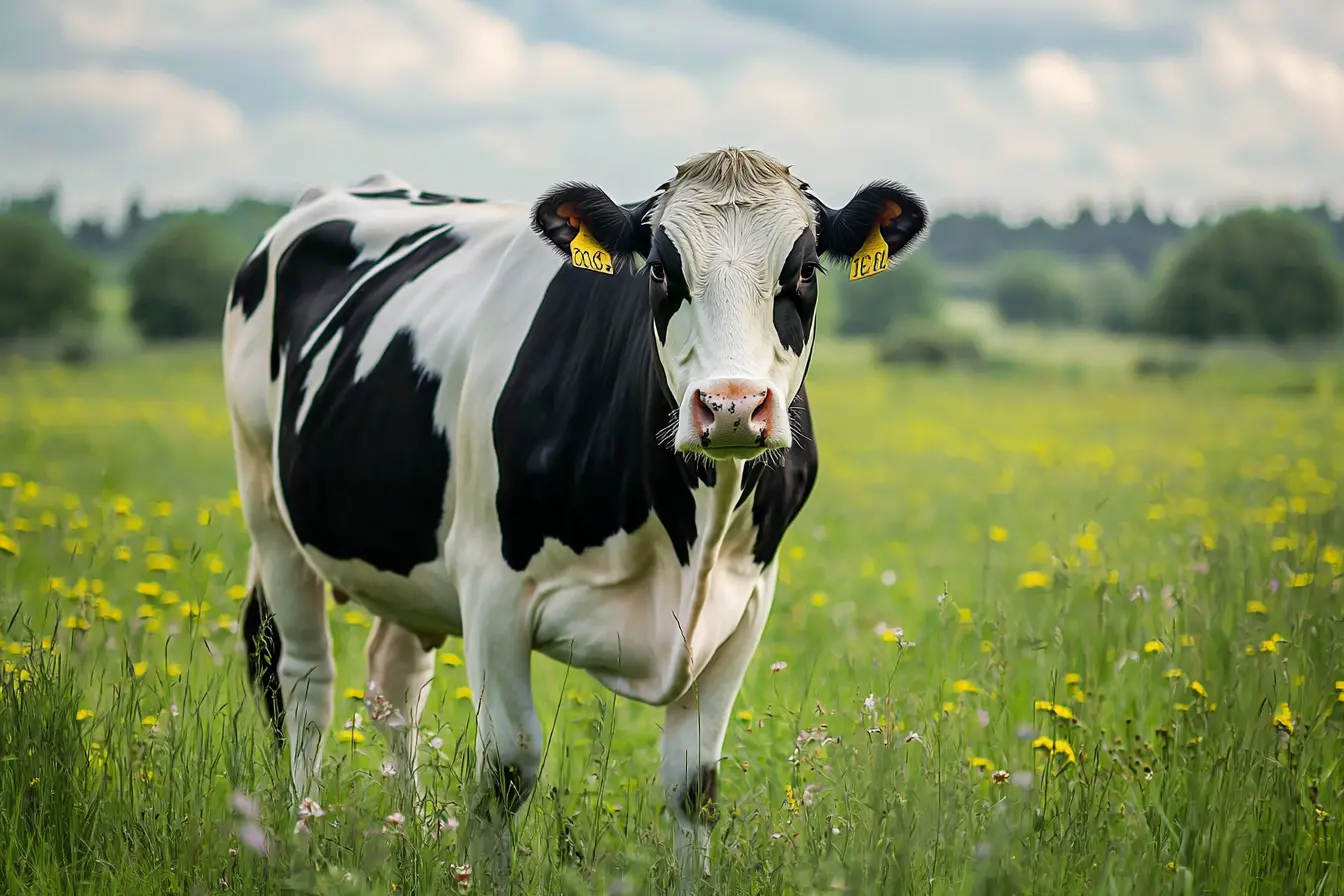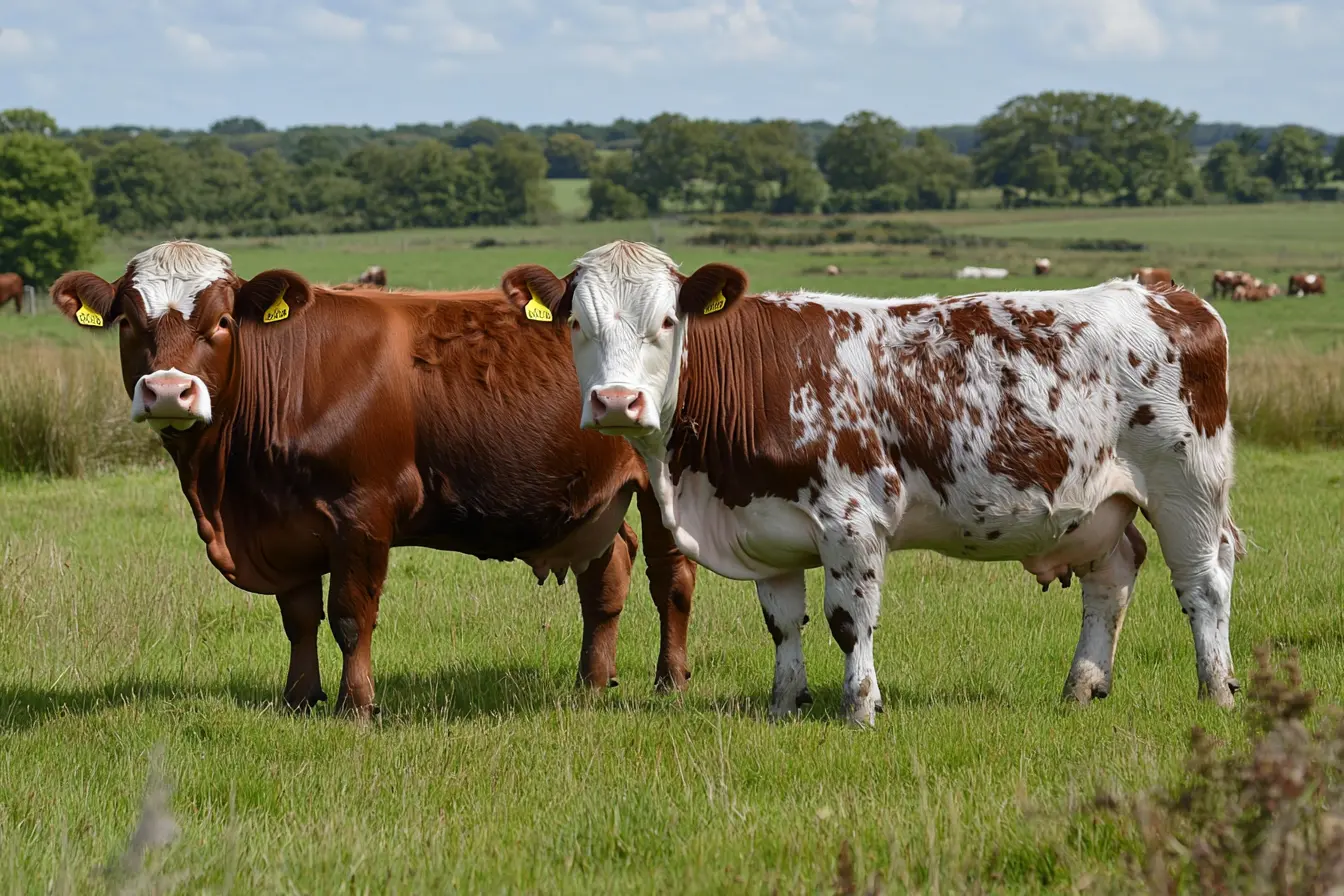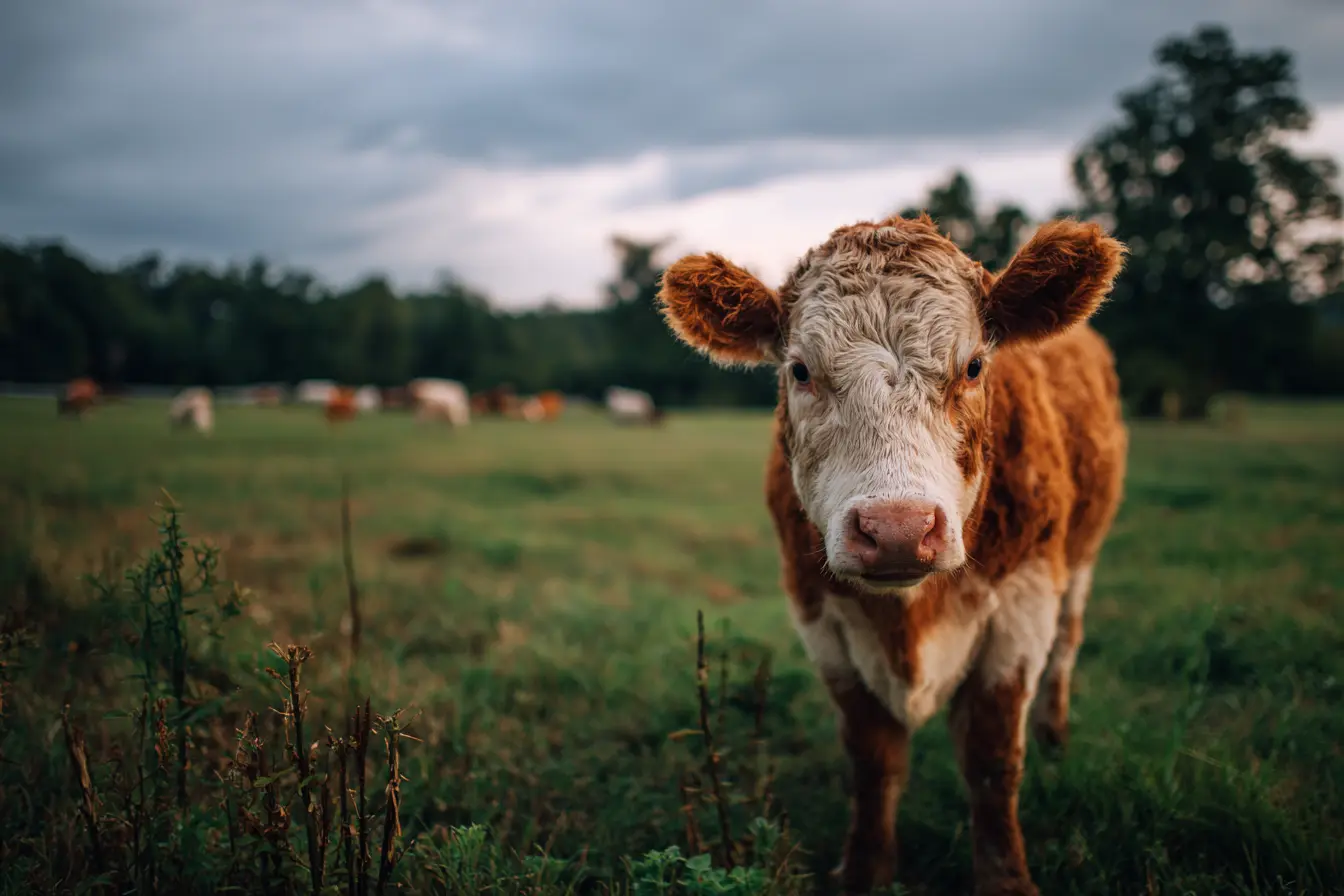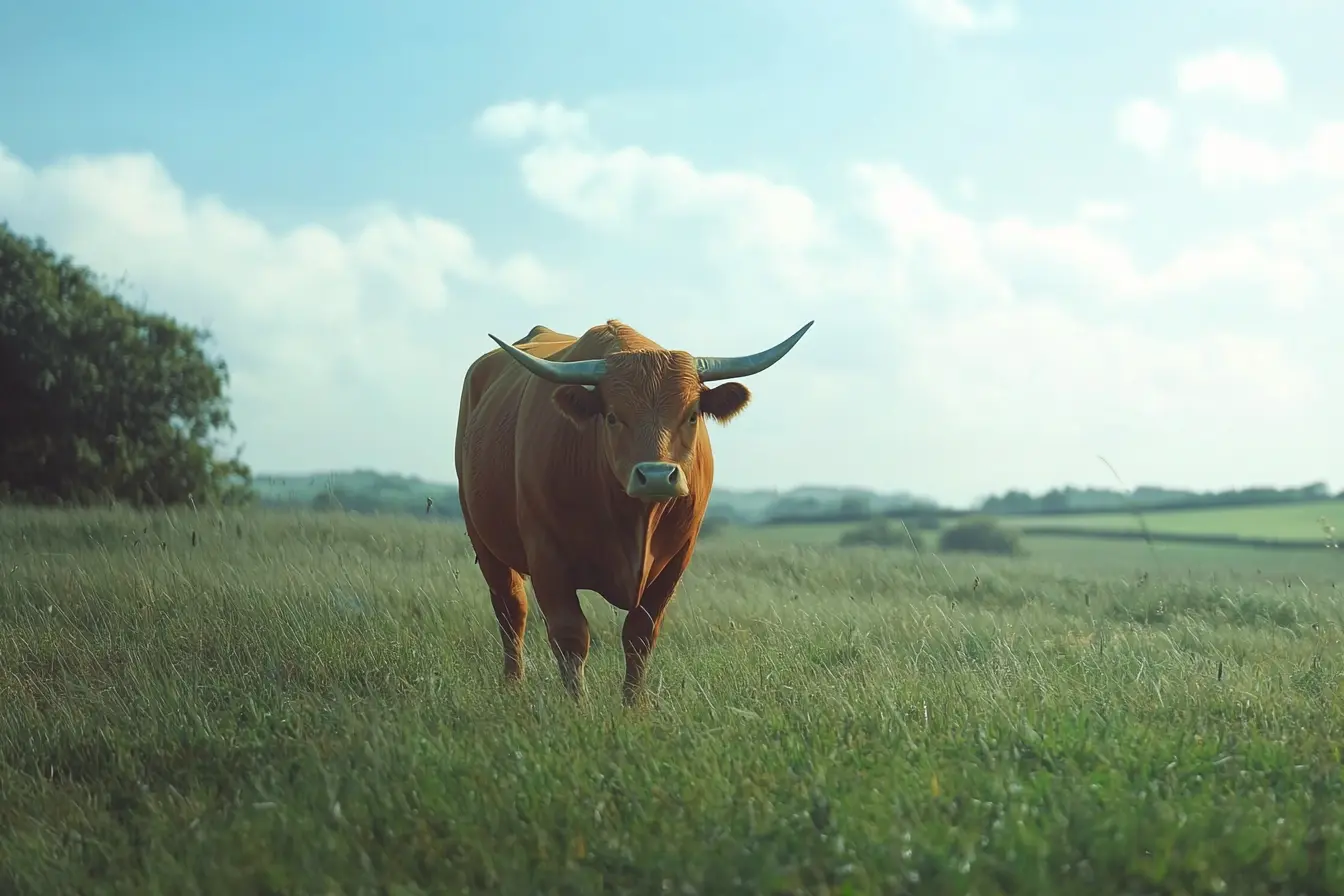
A Comprehensive Guide to Cattle Dietary Requirements for New Owners
Caring for cattle involves more than just providing a field to graze in. Their dietary needs must be carefully managed to ensure they remain healthy, productive, and content. Whether you’re raising cattle for milk, meat, or as part of a smallholding, understanding their dietary requirements is essential. This guide covers everything a new cattle owner needs to know, from essential nutrients to seasonal feeding and health considerations.
Understanding Cattle Nutrition
Cattle are ruminants, meaning they have a specialised four-chambered stomach that allows them to digest fibrous plant material effectively. Their diet needs to provide energy, protein, fibre, vitamins, and minerals to support growth, reproduction, and overall health.
The key components of a cattle diet include:
Forage (Grass, Hay, and Silage)
Forage should make up the majority of a cow's diet. This includes:
- Grass: Cattle graze on fresh grass during the spring and summer months. Access to well-managed pasture is essential for maintaining a healthy diet.
- Hay: In winter, when pasture grass is limited, hay becomes a crucial source of forage. It should be of good quality — clean, dry, and free from mould.
- Silage: Silage is fermented grass or crops that provide a nutritious feed option. It is commonly used in winter and can be more nutrient-dense than hay. Ensure silage is properly fermented to avoid health issues.
Tip: Provide forage ad-lib (as much as they want) to support healthy digestion and maintain body condition.
Water
Cattle need constant access to clean, fresh water. An adult cow can drink between 50-100 litres of water per day, depending on weather conditions, lactation, and diet. Water intake increases in hot weather and when feeding on dry forage.
Check water troughs regularly to ensure they are clean and functioning properly, especially during winter when they may freeze over.
Concentrates (Grain and Pellets)
Concentrates provide additional energy and protein when forage alone is insufficient. They are commonly fed to:
- Dairy cows to support milk production.
- Beef cattle to promote weight gain.
- Youngstock (calves and growing cattle) to support growth.
Common concentrates include:
- Cattle-specific pellets
- Grains such as barley, maize, and oats
- Oilseed meals (e.g., soybean or rapeseed meal) for added protein
Important: Introduce concentrates gradually to avoid digestive problems such as acidosis (grain overload). Always balance concentrate feeding with adequate fibre intake.
Minerals and Supplements
Cattle require a range of vitamins and minerals to maintain good health. Deficiencies can lead to serious health problems, so providing a mineral supplement is important.
Essential minerals include:
- Calcium and Phosphorus for bone health.
- Magnesium to prevent grass staggers (hypomagnesemia), particularly in spring when grazing lush pasture.
- Selenium and Vitamin E to support immune function.
- Copper is needed in small amounts, but excessive copper can be toxic, so supplements should be carefully managed.
Mineral supplements can be provided through:
- Mineral licks or blocks
- Loose minerals mixed with feed
- Boluses for slow-release supplementation
Feeding for Different Life Stages
Cattle have varying dietary needs depending on their age, purpose, and stage of life. Below are some key considerations.
Calves
Calves require colostrum (their mother’s first milk) within the first few hours after birth to boost their immune system.
- Milk or milk replacer: For the first few months, calves will need milk or a high-quality milk replacer.
- Creep feed: As calves grow, introduce a creep feed (a high-protein concentrate) to support early development.
- Forage: Calves should have access to forage from a young age to help develop their rumen.
Growing Cattle (Weaners and Youngstock)
Growing cattle need a balanced diet to ensure proper growth and development. A combination of forage and concentrates will help them reach their target weight.
Lactating Cows
Dairy cows require a high-energy diet to support milk production. This includes:
- High-quality forage
- Concentrates to meet energy demands
- Mineral supplements to replenish essential nutrients lost through milk
Monitor body condition regularly and adjust their diet accordingly to maintain optimal milk production without risking the cow’s health.
Beef Cattle
Beef cattle diets vary depending on whether they are grass-fed or grain-finished.
- Grass-fed beef: Cattle are raised primarily on pasture and hay.
- Grain-finished beef: Cattle are fed additional concentrates to promote weight gain before slaughter.
Dry Cows (Non-Lactating Cows)
Dry cows (those not currently lactating) need a lower-energy diet to prevent excessive weight gain. Focus on high-fibre forage and mineral supplementation.
Seasonal Feeding Needs
Cattle diets vary with the seasons:
- Spring: Fresh grass becomes available, but it may be low in magnesium, increasing the risk of grass staggers. Provide a magnesium supplement.
- Summer: Ensure cattle have adequate water and shade during hot weather.
- Autumn: Pasture quality declines, so start providing hay or silage as needed.
- Winter: Forage availability is limited, so feed hay or silage, and consider supplementing with concentrates.
Common Feeding Mistakes to Avoid
- Inadequate Fibre: Cattle need fibre to maintain healthy digestion. Ensure they always have access to forage.
- Overfeeding Grain: Excess grain can cause acidosis and bloat. Introduce concentrates gradually and balance with fibre.
- Inadequate Water Supply: Ensure water is always available, especially during hot weather and in winter when troughs may freeze.
- Poor Quality Forage: Low-quality hay or silage can lead to nutritional deficiencies and health problems. Ensure forage is clean, dry, and free from mould.
Monitoring Cattle Health Through Diet
A healthy cow will have:
- Bright eyes and alert behaviour
- A shiny coat
- Good body condition (not too thin or overweight)
- Normal chewing and rumination behaviour
Regularly assess your cattle’s body condition score (BCS) to ensure they are maintaining a healthy weight. Adjust their diet as needed based on their condition.
Toxic Plants to Watch Out For
Some plants can be highly toxic to cattle. Ensure your pastures are free from these common hazards:
- Ragwort
- Yew
- Bracken
- Foxglove
- Buttercups (toxic when fresh)
- Oak (acorns can be toxic in large quantities)
Final Thoughts
Feeding cattle properly is key to their health, productivity, and welfare. By providing a diet based on high-quality forage, clean water, and appropriate supplements, you can ensure your cattle thrive. Always monitor their condition and adjust their diet based on their life stage, season, and overall health.
With proper care and feeding, your cattle will reward you with years of productivity and companionship. Happy feeding!
Vets near you
Speciality vets
- Aquatics vet specialists
- Birds vet specialists
- Camelids vet specialists
- Cats vet specialists
- Cattle vet specialists
- Deer vet specialists
- Dogs vet specialists
- Equines vet specialists
- Exotic vet specialists
- Goats vet specialists
- Pigs vet specialists
- Poultry vet specialists
- Sheep vet specialists
- Small Mammals vet specialists
- Wild vet specialists



